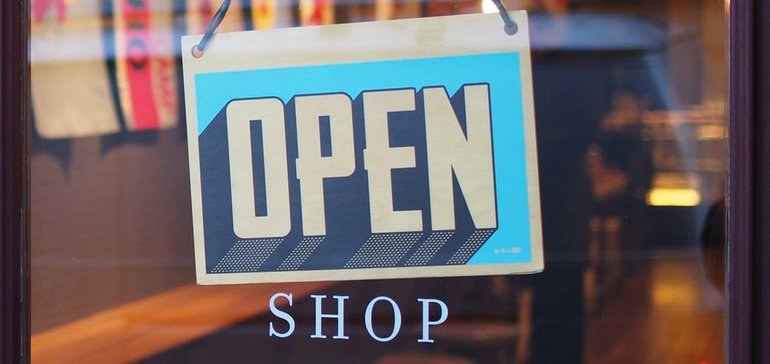Mike Petrucci
AUTHOR|Daphne Howland
Source: www.retaildive.com, January 2021
Despite effective vaccines and more government relief, consumers are playing it safe as COVID-19 cases continue to rise and variants emerge.
Last year’s total lockdown of nonessential retailers was a devastating blow to companies and their employees. Most stores have been back open for months now, and, buoyed by government relief and an uncommonly high savings rate, saw some sales recovery, especially by December. But the pandemic continues to keep shoppers away.
Store and mall traffic patterns from late January demonstrate how dependent retailers are on effective management of the disease outbreak. While vaccines were developed with unprecedented speed, their distribution has been slow and staggered. Cases are surging in some areas, with worrisome variants of the disease emerging.
Even once they’re vaccinated, 40% of U.S. consumers say they’ll shop for apparel as much or less in stores, and another third or so are unsure about or will refuse a vaccine, according to research from experience management platform First Insight. Most (61%) said they’ll cut back on spending if there’s another shutdown.
“Clearly, the vaccine is not the silver bullet that is going to bring retail back from the brink,” Greg Petro, CEO of First Insight, said in an emailed press release. “Our latest research shows that even with a vaccine, people will still be afraid to go in-store, and fully prepared to cut back on spending if the nation returns to another lockdown.”
Footfall patterns show that getting back to normal requires more than flipping the “open” sign. In the third week of January, U.S. store traffic fell 33% and net sales in stores fell 16% year over year, according to store analytics firm Retail Next. The Western U.S. fared worst, with traffic down 38% year over year, followed by the Northeast (down 30%), the South (down 29%) and the Midwest (down 24%), RetailNext found.
Morgan Stanley analysts found total discretionary retail traffic in North America to be down 57.1% from last year, which they deemed likely driven by elevated COVID-19 cases, “with 23 states reaching new case highs.” Those analysts, led by Kimberly Greenberger, believe about three quarters of the second round of pandemic relief checks were distributed, and could have been spent, by the second week of January.
Luxury retail is faring better than overall apparel traffic, Morgan Stanley analysts also said, which they found “unsurprising” considering that luxury spending tracks with the S&P 500, which was up 16% from November at the time of the report.
Department stores are having a hard time, with Macy’s seven-day rolling average down 37%, Nordstrom down 36% and Kohl’s down 17%, Morgan Stanley said, citing data provided by Placer.ai. But even off-price stores, which by and large can’t turn to e-commerce to make up for slower store sales, are entertaining fewer shoppers than last year. Nordstrom Rack, where traffic fell 32%, does have robust e-commerce and BOPIS services, but Burlington (down 9%), T.J. Maxx (down 2%), Marshalls (down 8%) and Ross (down 16%), do not.
The overall picture leads Morgan Stanley to forecast store traffic to remain down 40% to 55% in the near term, or worse if COVID-19 cases continue to rise or another lockdown is required to stem the spread of the disease.
Absent that, the coming weeks could bring more uncertainty. The pandemic remains in force, with total cases above 25 million and deaths above 400,000, though RetailNext noted “a bright spot as new cases of COVID-19 and hospitalizations declined in the past week.”
“With a new administration in office, new travel restrictions and guidelines have been released banning most travelers from Europe, Ireland, Brazil, and South Africa in an effort to contain the spread of COVID-19 as more contagious variants emerge across the world,” per RetailNext’s report. “This may impact traffic trends nationwide.”
Follow Daphne Howland on Twitter

